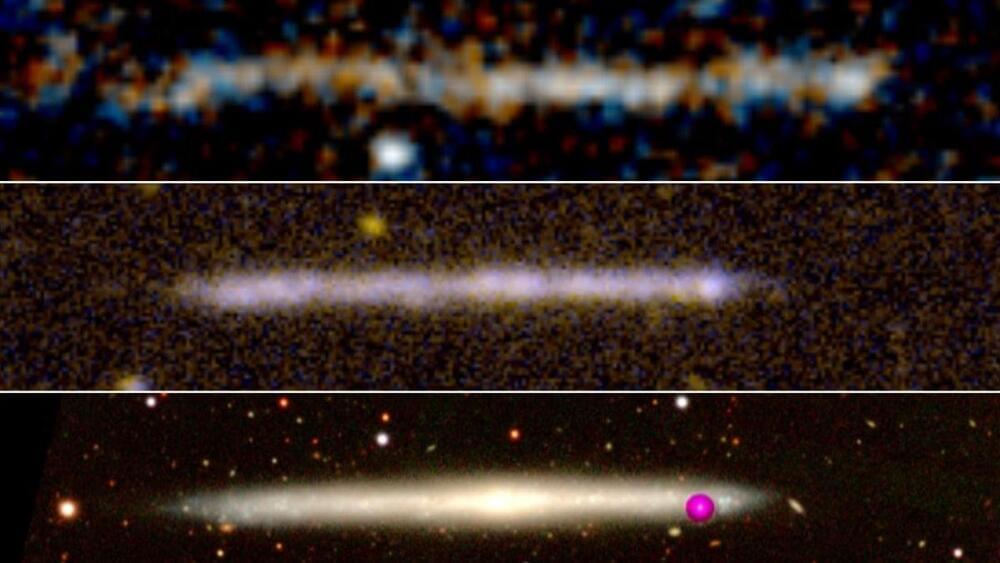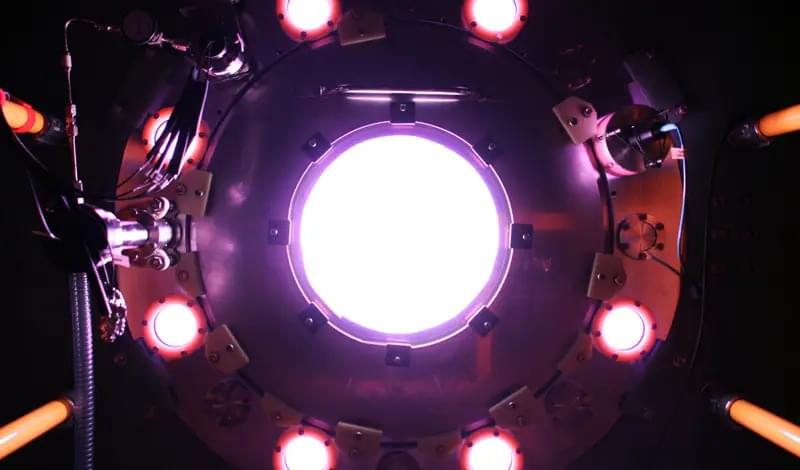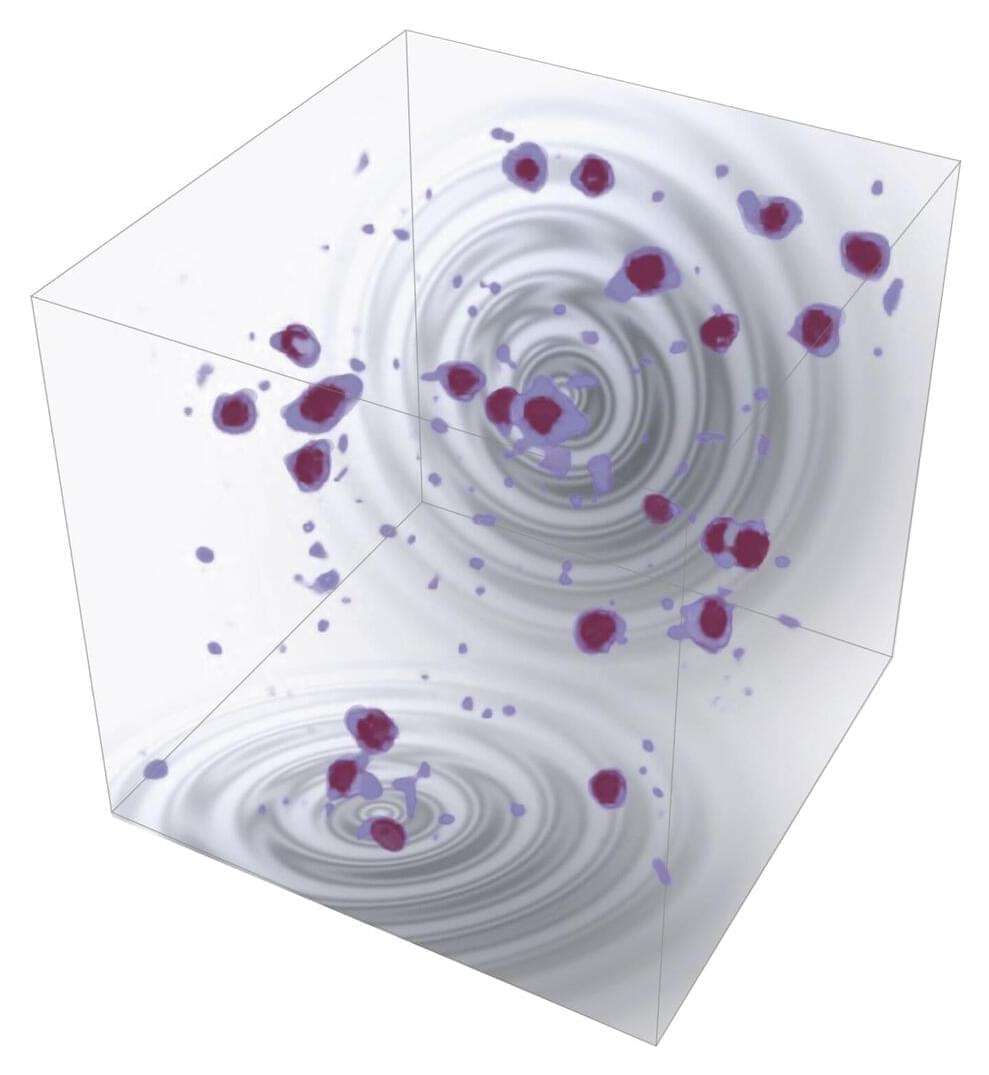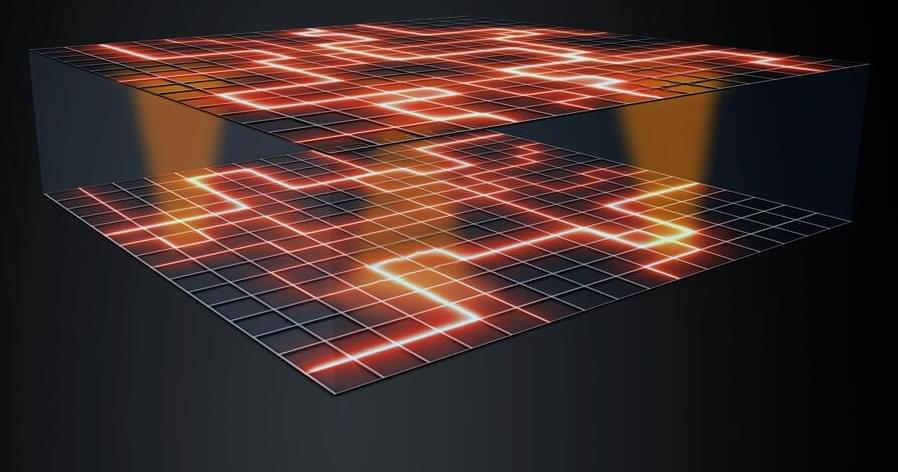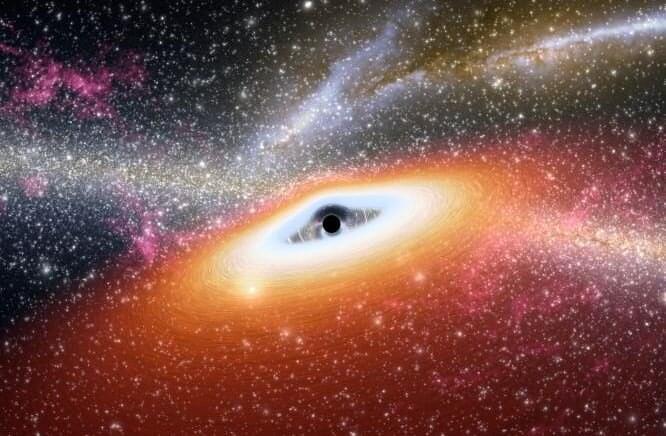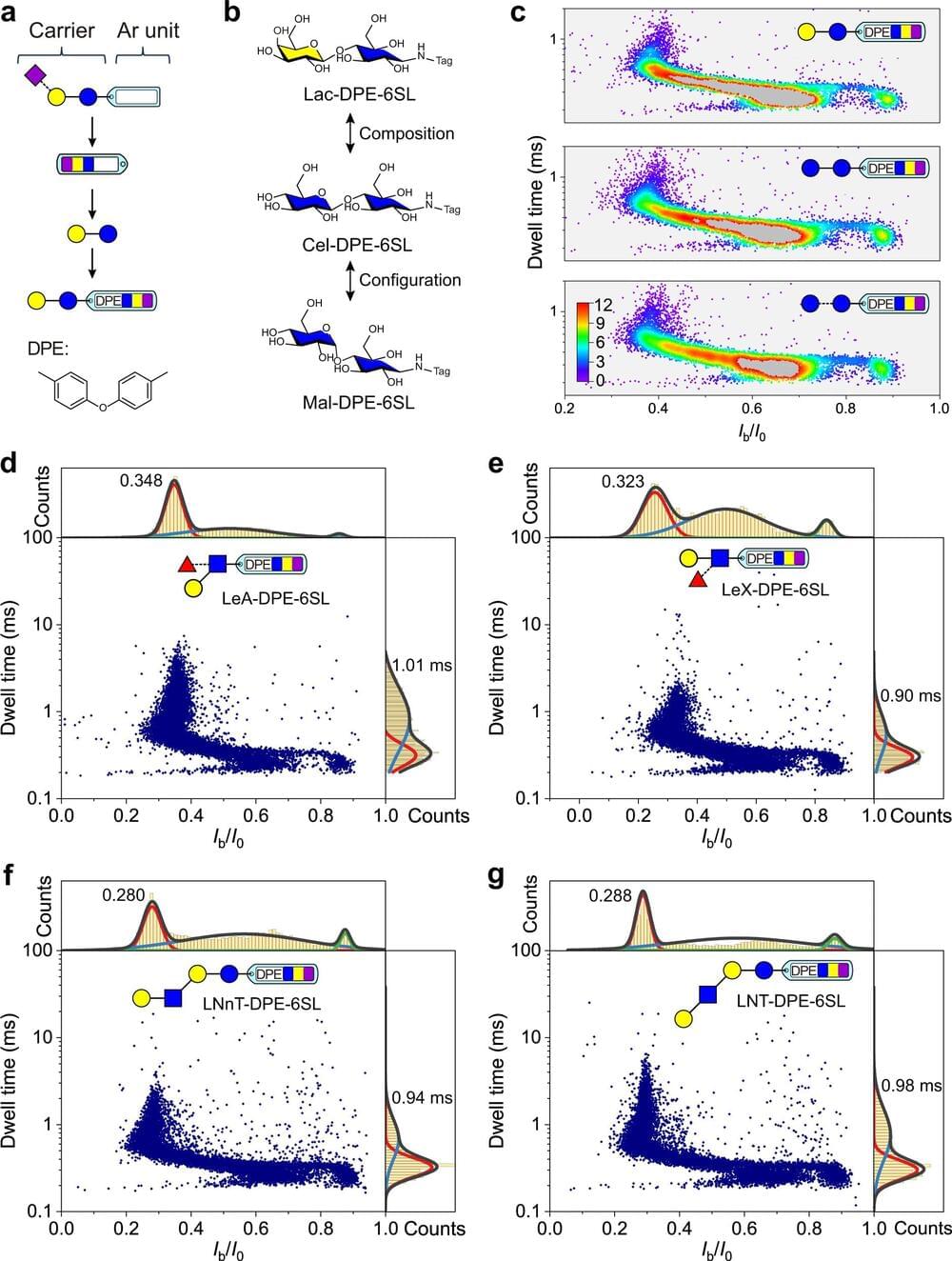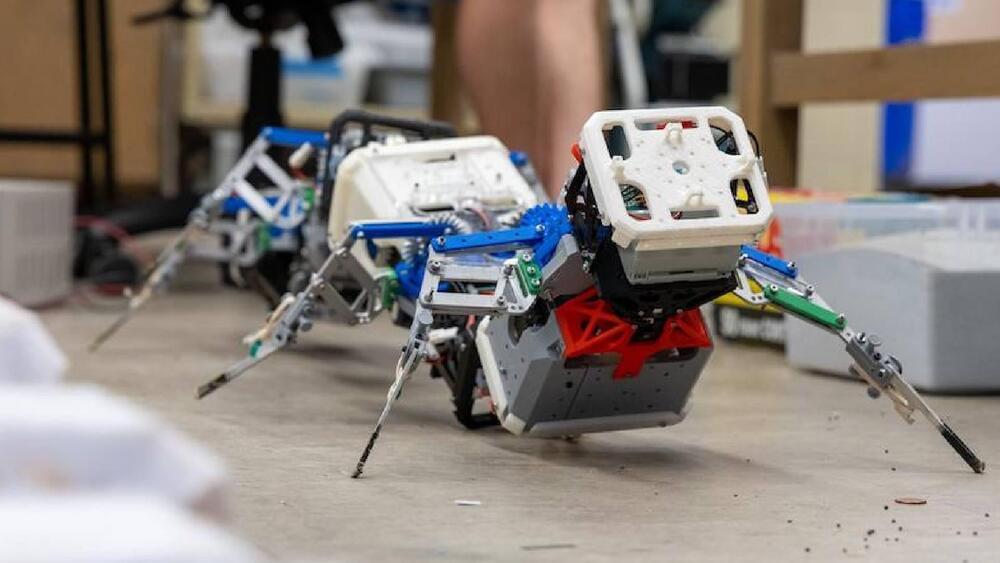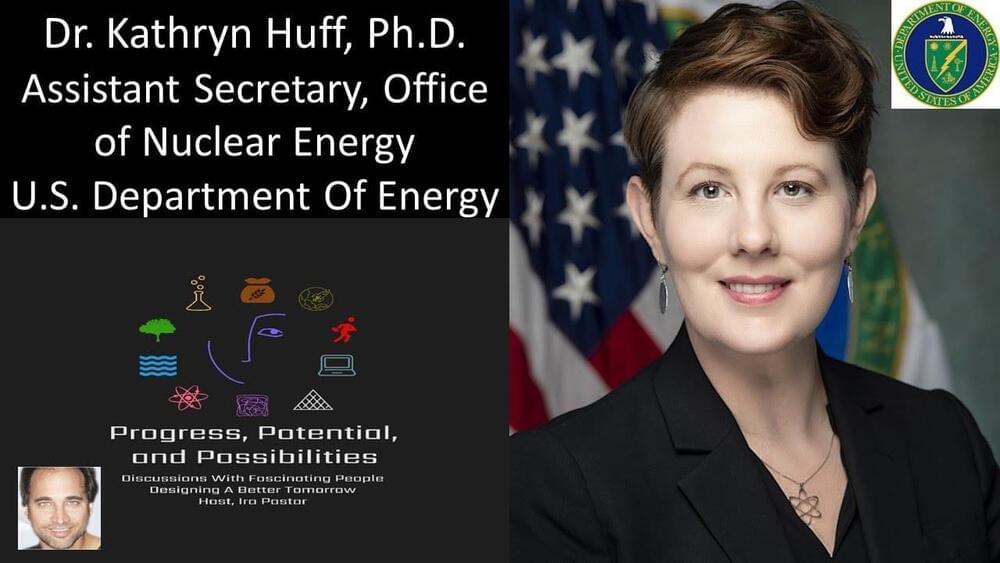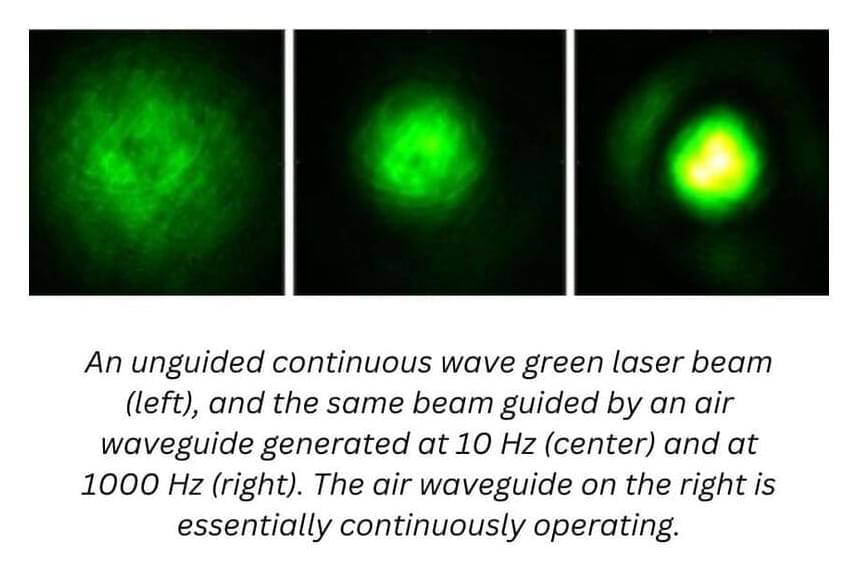May 13, 2023
‘Runaway black hole,’ or sneaky galaxy in disguise? Experts are conflicted
Posted by Shubham Ghosh Roy in categories: cosmology, physics
The object’s gravity and velocity, the study suggested, would have ignited the gas and left a blazing trail of stars in its wake. This exciting discovery would mark the first observation of a rogue supermassive black hole — objects that are theorized to roam the universe after being ejected from their host galaxy, possibly due to collisions with other black holes.
Now, new research hints at a more mundane explanation.
The new study, published in the journal Astronomy & Astrophysics (opens in new tab), suggests that the weirdly thin streak might simply be a flat galaxy viewed on its edge, like the rim of a plate. Unlike the Milky Way, this supposed galaxy would not have a bulge of stars at its center but would be totally flat — a relatively common type of galaxy called a thin or flat galaxy.
